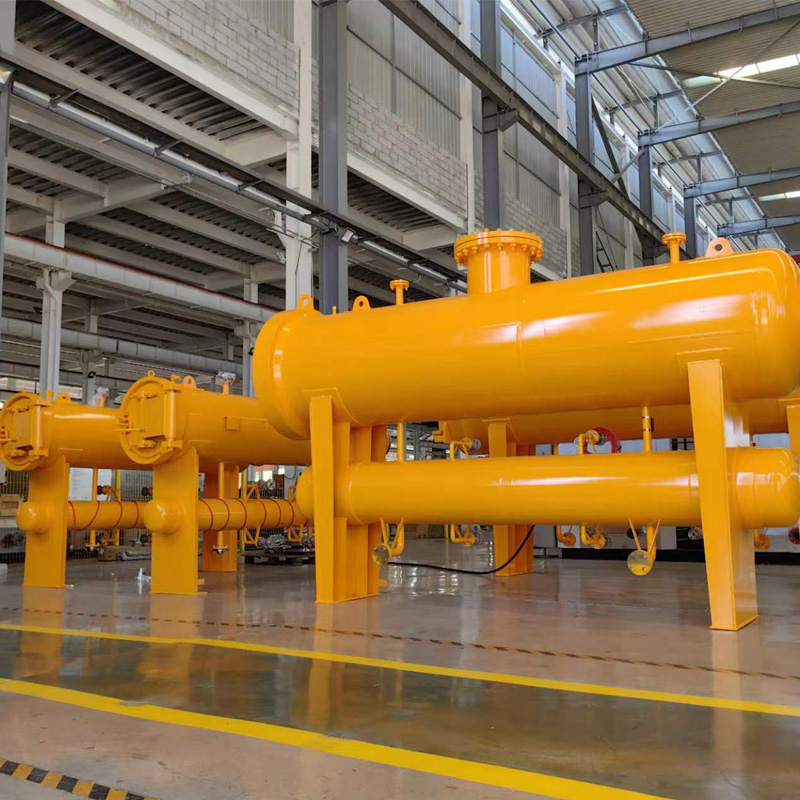
Nov . 09, 2024 16:09
Back to list
Gas Pressure Control Valve for Efficient Pressure Regulation and Safety Management
Understanding Gas Pressure Regulator Valves
Gas pressure regulator valves play a crucial role in various applications, from household gas systems to industrial processes. These devices ensure that the pressure of gas delivered to an application remains consistent, regardless of fluctuations in incoming pressure or changes in demand. In this article, we will explore the functionality, types, applications, and maintenance of gas pressure regulator valves.
What is a Gas Pressure Regulator Valve?
A gas pressure regulator valve is a mechanical device that automatically reduces and maintains the pressure of gas flowing from a high-pressure source to a lower, more manageable pressure. It is designed to provide a specific output pressure regardless of variations in the input pressure. This is essential for protecting downstream equipment and ensuring safety and efficiency in gas usage.
How Does It Work?
The basic working principle of a gas pressure regulator valve involves a diaphragm and a spring mechanism. As gas flows into the regulator, it exerts pressure on the diaphragm. When the pressure exceeds the preset value, the diaphragm moves, causing the valve to close partially or fully, thereby restricting gas flow and reducing the pressure. Conversely, when the downstream pressure decreases, the diaphragm moves back, opening the valve to allow more gas to flow in. This feedback loop keeps the output pressure within desired limits.
Types of Gas Pressure Regulator Valves
There are several types of gas pressure regulators, each suited for different applications
1. Single-Stage Regulators These are simple devices that reduce the pressure from the supply line to the desired pressure in a single step. They are typically used in low-demand situations, such as in household applications.
2. Two-Stage Regulators These regulators provide a more stable output pressure by reducing the input pressure in two stages. This type is preferred in applications where high precision is required, such as in laboratories or industrial processes.
3. Back Pressure Regulators These are designed to maintain a specific pressure upstream of the regulator, making them suitable for applications such as gas storage or pipeline systems.
Applications of Gas Pressure Regulators
gas pressure regulator valve

Gas pressure regulator valves are widely used in various sectors, including
- Residential In homes, these regulators maintain safe gas pressure for appliances such as stoves, water heaters, and furnaces.
- Industrial In manufacturing plants, precise gas pressure control is necessary for processes like chemical reactions, welding, or combustion.
- Healthcare Medical gas systems rely on regulators to ensure that gases such as oxygen and nitrous oxide are delivered at safe and consistent pressures for patient care.
- Commercial Restaurants and food services use regulators to ensure proper function of cooking equipment and heating systems.
Maintenance of Gas Pressure Regulators
To ensure optimal performance and safety, regular maintenance of gas pressure regulator valves is essential. Here are some tips for upkeep
1. Routine Inspection Regularly check for signs of wear or damage, as well as leaks in fittings and connections.
2. Calibration Periodically verify that the output pressure is within the specified range. If discrepancies are found, recalibrate or replace the regulator.
3. Cleaning Dust and debris can impede performance. Clean the regulator casing and surrounding areas to prevent buildup.
4. Professional Servicing Engage qualified professionals for comprehensive maintenance and servicing, especially for two-stage and industrial regulators.
Conclusion
Gas pressure regulator valves are vital components in the safe and efficient use of gas in various applications. By understanding their operation, types, applications, and maintenance, users can ensure that they are effectively managing gas pressure in their systems. With the proper care, these regulators not only enhance safety but also improve operational efficiency across different sectors.
Latest news
-
Safety Valve Spring-Loaded Design Overpressure ProtectionNewsJul.25,2025
-
Precision Voltage Regulator AC5 Accuracy Grade PerformanceNewsJul.25,2025
-
Natural Gas Pressure Regulating Skid Industrial Pipeline ApplicationsNewsJul.25,2025
-
Natural Gas Filter Stainless Steel Mesh Element DesignNewsJul.25,2025
-
Gas Pressure Regulator Valve Direct-Acting Spring-Loaded DesignNewsJul.25,2025
-
Decompression Equipment Multi-Stage Heat Exchange System DesignNewsJul.25,2025

